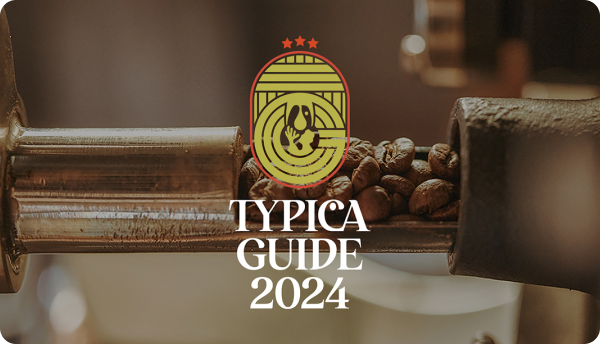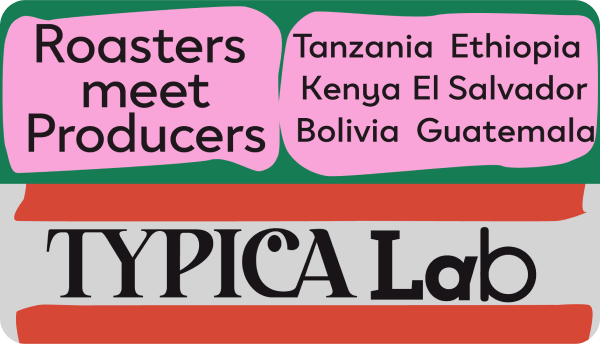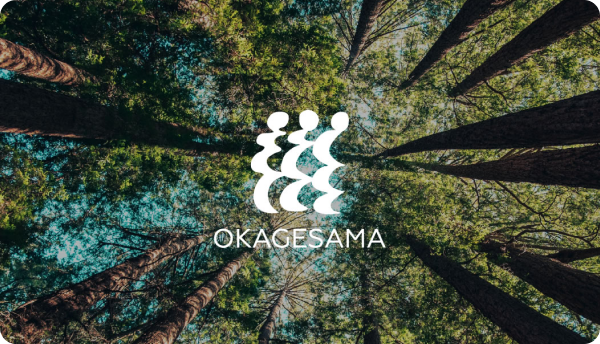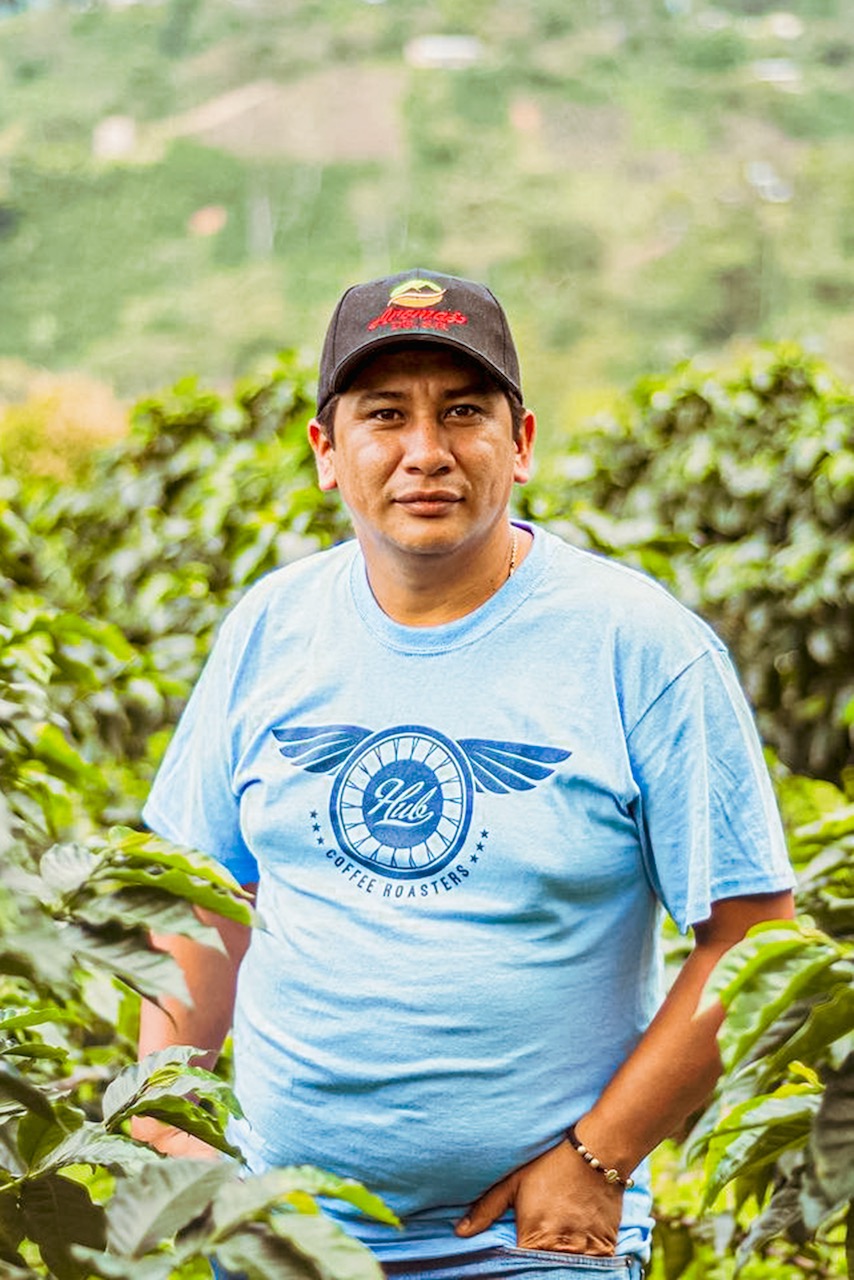
Coffee as Purveyor of Love and History
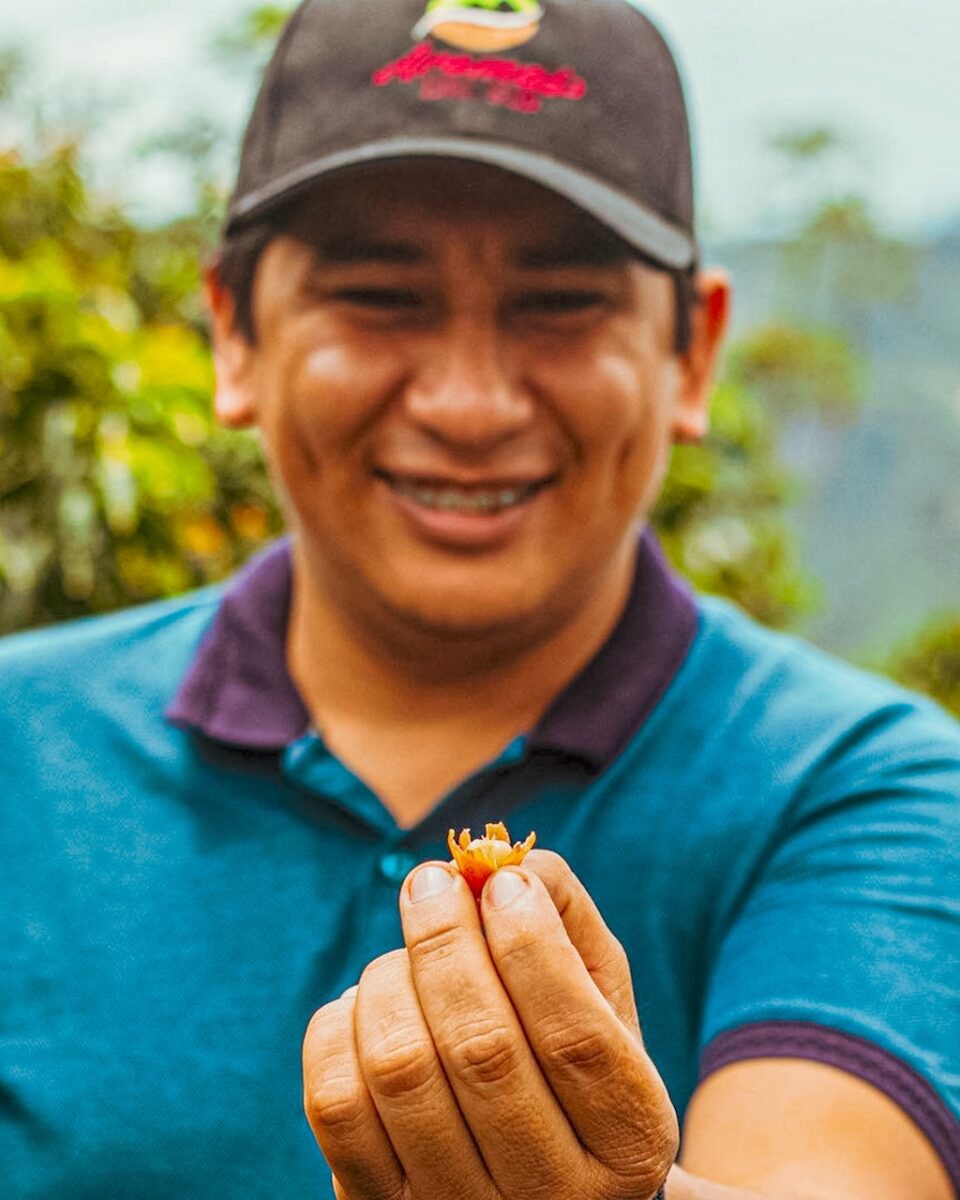
Huila is the largest coffee origin in Colombia. The region sits around the upper reaches of the Magdalena, the country’s longest river that flows out from the Andes Mountains. Rodrigo Sanchez Valencia was born and raised in the Huila town of Pitalito. A fourth-generation coffee producer, he has been involved with specialty coffee for 20 years. At 15 years old, he was fascinated by the possibilities of coffee profiles, and that is when his coffee journey began. After working for an exporter to get some industry experience, Rodrigo went on to study everything related to coffee, including variety and fermentation. All that time, Rodrigo had a single purpose: to deliver excellent coffee to people around the world.
Rodrigo is widely recognized as the person who discovered Pink Bourbon. He also won Colombia’s best coffee award for two straight years (2017, 2018) in a contest organized by Yara, one of the world’s largest fertilizer companies. And he did so with his original brand of low-temperature fermentation coffee. These achievements put his name on the map, and now he is counted among leading industry figures. “The world of specialty coffee has been changing at a lightning speed,” Rodrigo says. Now at 35 years old, he continues to try to make a difference. We spoke to him to find out what he envisions in this ever-changing world.
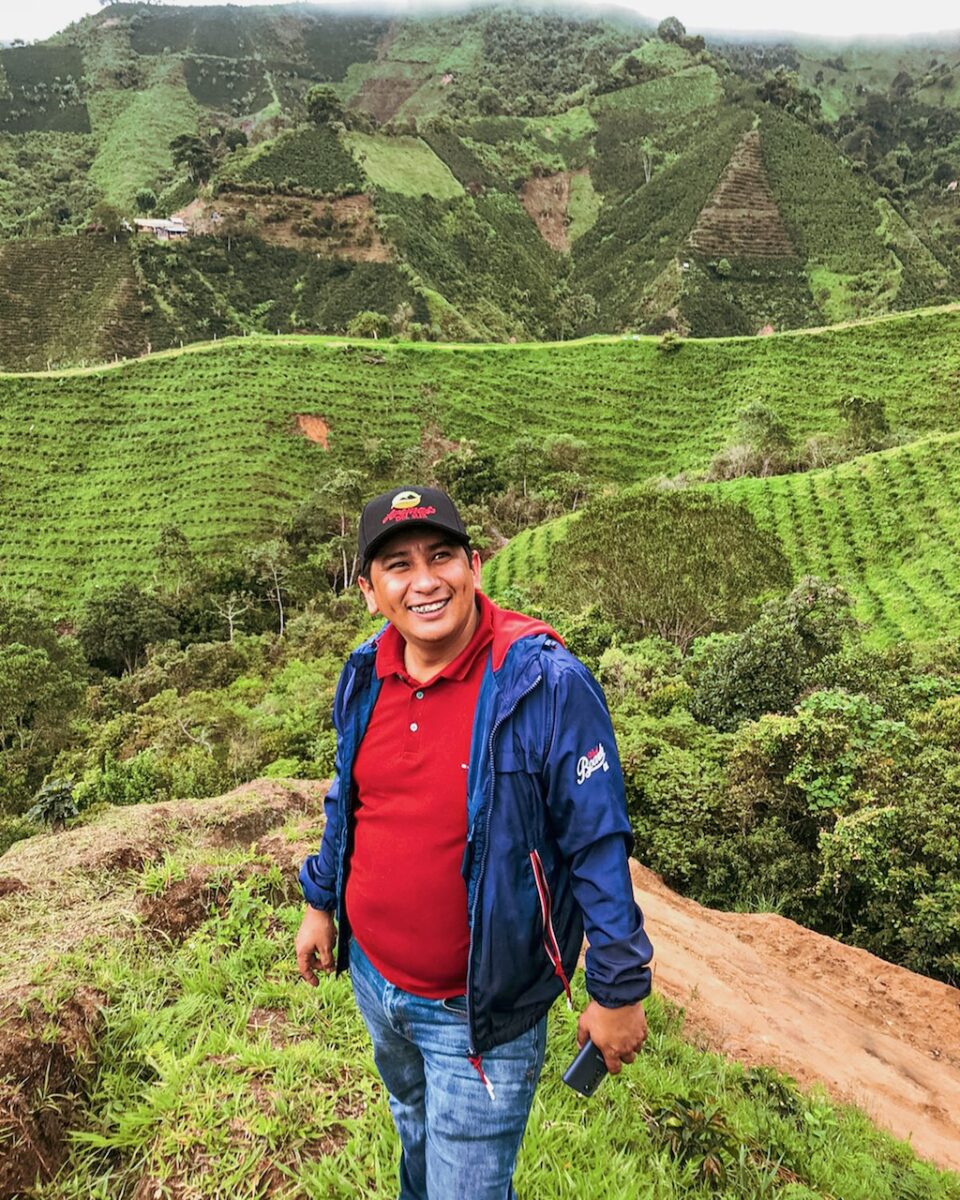
It’s consumers, not cuppers, who score coffee
In 2011, Rodrigo’s dream came true. He set up his own farm La Loma that year, and has since expanded his operations. Now he is running six farms, spanning 350 hectares in total, with the help of his wife and 16-year-old daughter. In 2019, he bought another farm named Las Veraneras, where he currently grows 20 varieties. And this is where he aims to showcase all his coffee expertise and experience. His love for coffee grows stronger by the day. But when it comes to business, he is down-to-earth.
“No matter how hard you work to make great coffee, it’s worthless if no one wants to drink it. As producers, we can’t impose our own ego on drinkers. If someone drinks our coffee and says, ‘I would give this cup 100 points’, then that would be the best thing for us producers. After all, preference varies between individuals.”
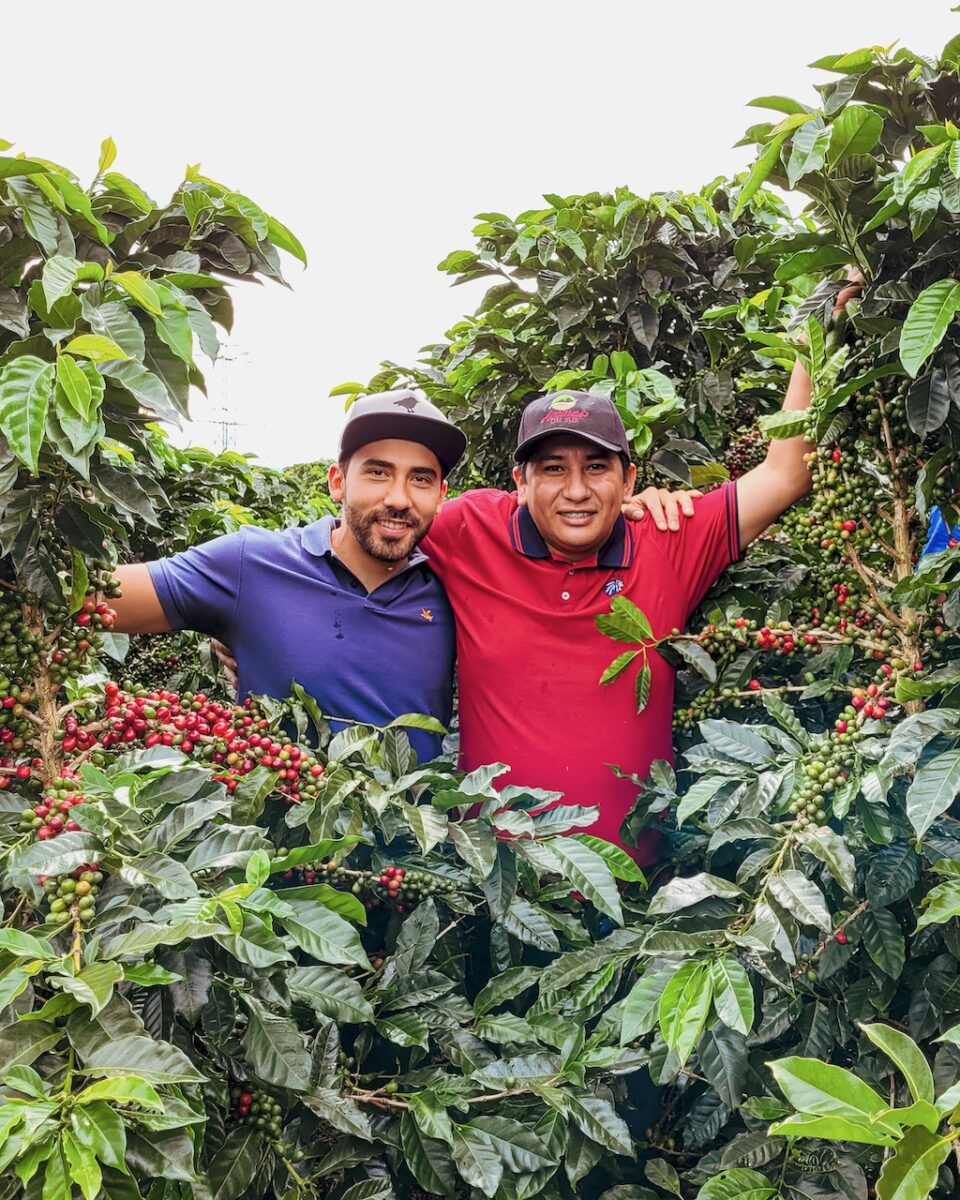
In a perfect world, producers would love to get direct feedback from every consumer who drinks their coffee. But that’s not feasible in the real world. So Rodrigo chooses to concentrate on the things he can control. After he makes his best effort on the farm and ships off the fruit of his labor, he leaves the rest to other professionals down the supply chain. But even then, some portions of the supply chain play a more crucial role than others. Among the key players are exporters because they are the ones who receive coffee directly from producers.
“If you want to deliver great coffee to end consumers, finding the right partner is very important. It’s not an overstatement to say that whether or not you can meet an exporter who is equally passionate about your coffee determines the fate of that coffee. I’d like to work with exporters that have just as much love for coffee as we do. Because we need to get coffee drinkers more captivated and passionate.
I see the supply chain as something like the gear of a car or a bicycle. If we do a good job on the farm, our love will be passed onto the next person in the chain and eventually reach the consumer.”
Clearpath Coffee, one of Rodrigo’s exporting partners, is one such trusted ally in his venture. Rodrigo met Clearpath founder Vicente Mejía in 2015, and ever since, the duo have exported coffee together and co-organized a booth at trade fairs. The more Rodrigo exposed himself to the frontline of specialty coffee, the more connections he made with roasters and suppliers. This has helped him to stay informed about market needs.
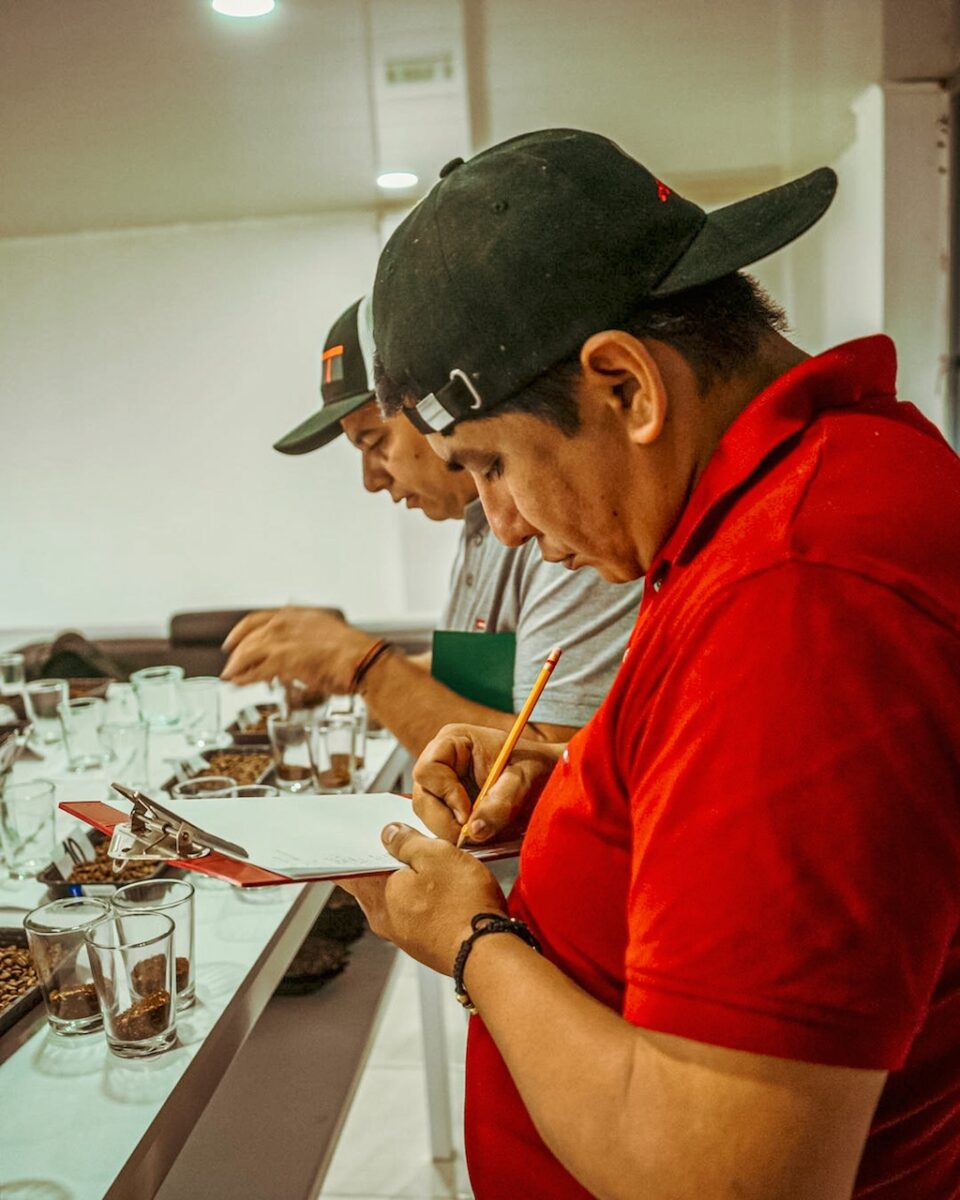
Setting new precedents
Rodrigo’s coffee career dates to 2002. That was back when few producers cupped coffee or evaluated their crops from the perspective of flavor profiles. That year, Rodrigo joined a cupping event with other local farmers. The event led to a surprising realization for 15-year-old Rodrigo. Cupping different coffees, he learned the correlation between the prowess of producers and the qualities of coffee.
“It opened my eyes to the boundless possibilities of coffee, and how coffee can be so much more than your morning dose of caffeine. At that point, I’d already been involved with coffee farming for a while, helping my parents on their farm. But that cupping event was the first time I fell in love with coffee. I was at that age where I wanted to learn something new and set myself apart from others. I started thinking that if I made quality coffee with all my passion, the effort would pay off in the end.”
Rodrigo went on to work for several exporters, including one that he joined as a founding member. He worked there for five years, helping to create profiles. This came at a time when domestic exporters were far and few between and there was no specialty coffee firm in Colombia. Rodrigo was able to learn firsthand the varying needs between countries and regions as well as the characteristics of overseas markets.
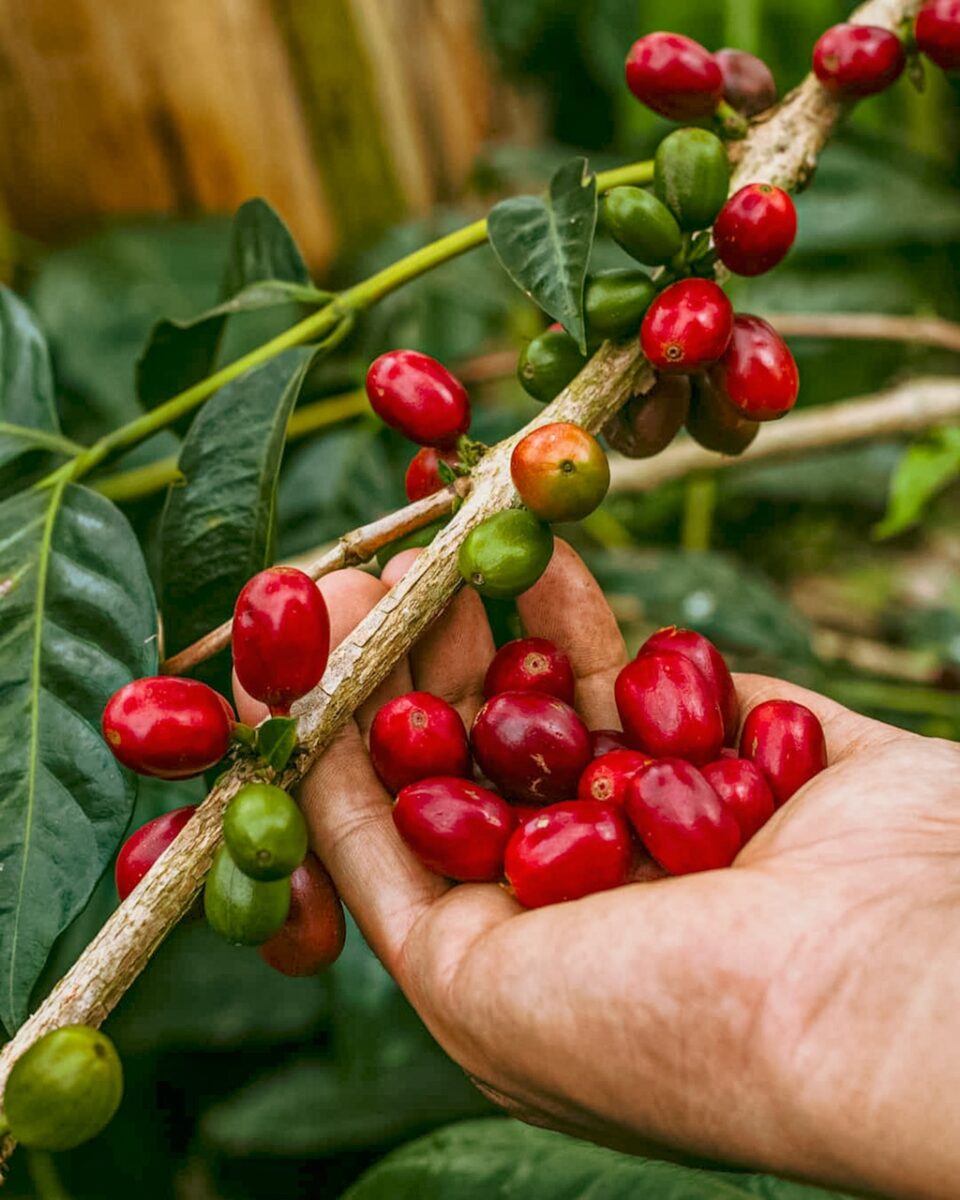
Colombia’s coffee industry, meanwhile, was entrenched in long-running traditions that often puzzled Rodrigo, one of them being the varieties being promoted. The Colombian Coffee Growers Federation (FNC), where Rodrigo received training, pushed for just five varieties back in the day. And that’s barely changed: Even today, the FNC recommends only six varieties that are resistant to leaf rust and other diseases. Furthermore, even as new processing methods like natural and honey became widely adopted elsewhere, in Colombia, processing coffee in any other way than washed was considered an affront to Colombian coffee. But Rodrigo knew that there are between 4,000 and 5,000 varieties and diverse processing methods in the world. In his eyes, Colombia was missing out.
“Back then, there was even an unwritten rule that you weren’t supposed to tell anyone what the FNC told you. But I knew that we had to have a bigger vision and look beyond our borders so we could compete with producers abroad. So I met face-to-face with roasters and trading firms, exchanged opinions, and broke taboos together.
The conversations were held in private because if producers tried to form direct relationships with clients, some people took issue with it. It wasn’t easy to do what no one else was doing. But over time, some producers came out to support my cause, and the wheels started turning.”
Colombian coffee has over 100 years of history. There were times when Rodrigo had disagreements with his parents, who preferred to do things in the traditional way. But Rodrigo eventually won their support after his first product out of his La Loma farm became a profitable success.

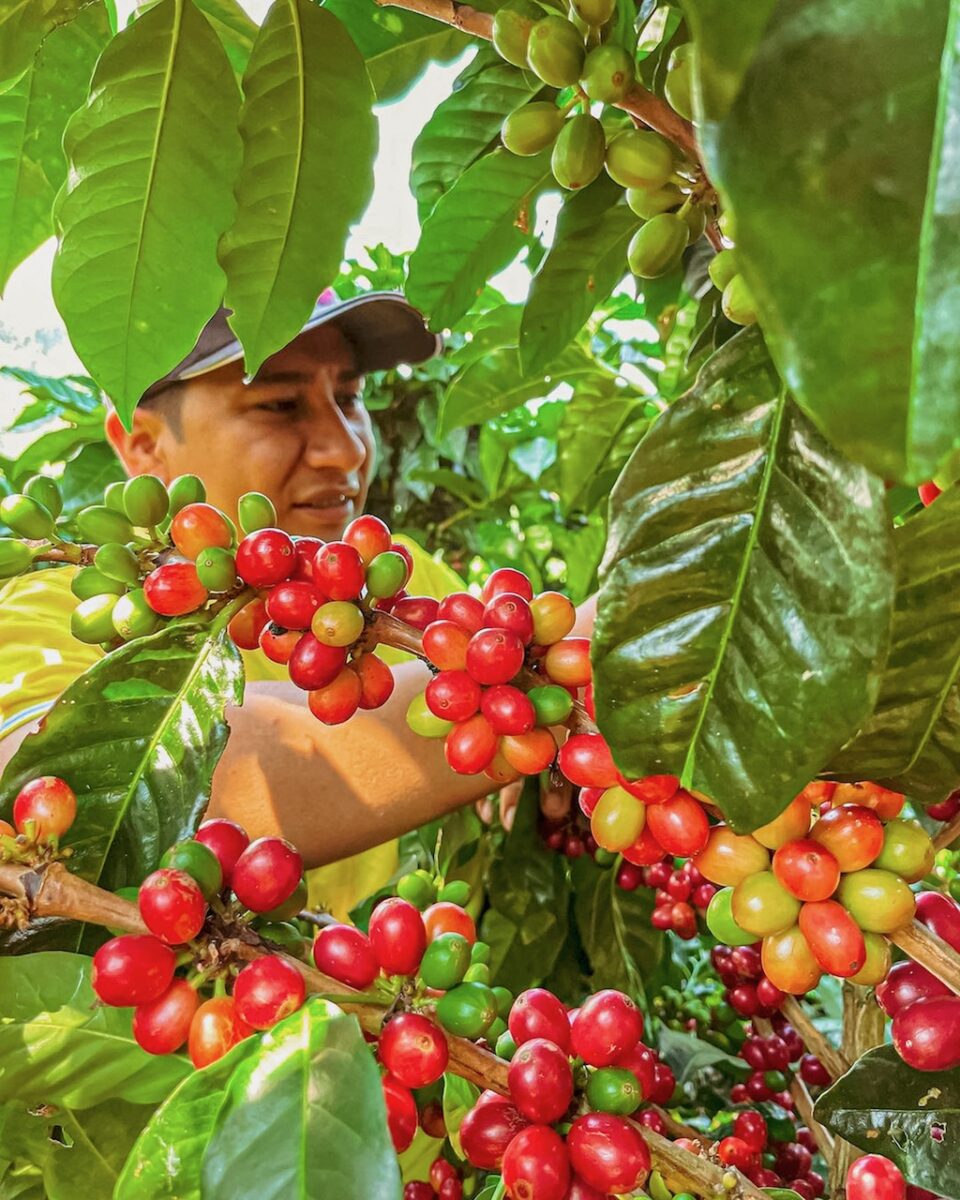
Learning about varieties, making difference with fermentation
The Geisha boom around 2010 was the biggest morale booster for Rodrigo since he entered the specialty coffee world. Billed as “the champagne of coffee” and “the world’s most expensive coffee,” the premier variety thrust its way into the spotlight. Rodrigo decided to take on a new challenge, motivated by the sheer value of Geisha, as well as by successful advertising and marketing behind it.
“A very small number of large farms were already growing Geisha in Colombia, but they turned us away when we asked for some seeds. So we bought directly from Panama and gave them out to smallholders in the local community. We planted the first batch of seedlings at the end of 2012 and harvested the first crop in 2013.”
It was around the same time when Rodrigo discovered another promising hybrid variety in his parent’s farm. A year earlier, the region suffered mass outbreaks of leaf lust. The epidemic decimated the trees in his parent’s farm, but 20 of the 25,000 Caturra trees were somehow spared the disease. These are now called Purple Caturra for the color of their fruit. And it is none other than Rodrigo who named the new variety. After he tried to identify why these 20 trees survived leaf rust, he found out that they are similar to Typica and have a higher sugar content by three to four percentage points than their conventional counterpart. His research also revealed that this new variety was highly productive. Convinced of its potential, Rodrigo decided to allocate a five-hectare plot to this variety.
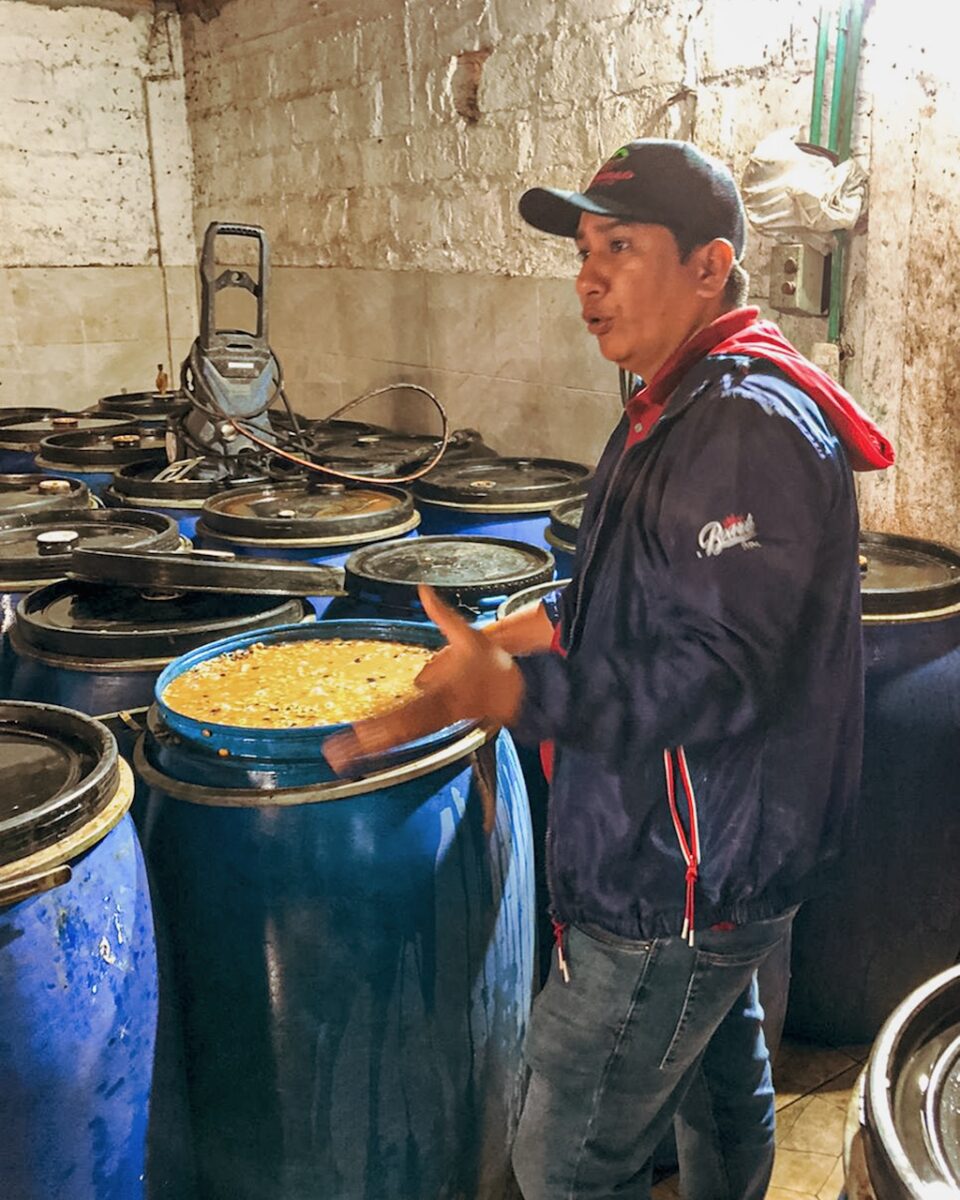
Rodrigo is eager to learn. Naturally, when he first learned about fermentation, he wanted to know more. Now, he is working with experts in microbiology, chemistry, and biology to unravel exactly what is going on when coffee beans are being fermented. His purpose is simple: to create a flavor that never existed and to standardize the process.
“The fun aspect of fermentation is the researching part, where you try to see how many profiles you can get from it. This trial and error motivates us to make improvements where we can. For instance, if we get the aroma of a yellow fruit, we try to find out why the coffee smells that way and what the microbes did to the beans during fermentation. This mystery is exactly what makes us more passionate, and drives us to experiment and innovate. This is why we undertake a new challenge year after year.”
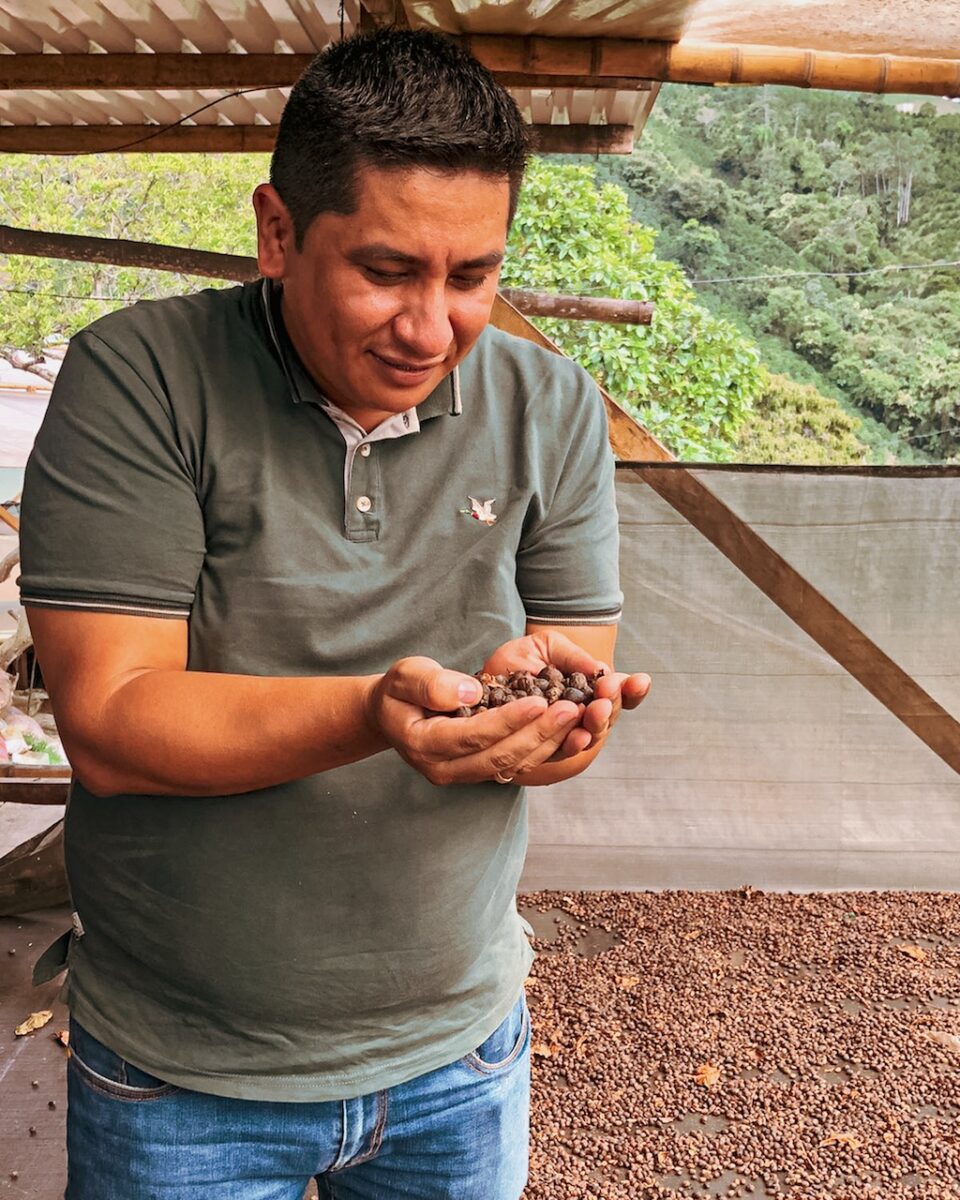
With love and respect
As Rodrigo’s farm has expanded, so has his team: Now, more than 350 people work on his farm. Every day, he cups all the samples with his wife and daughter. But a further expansion is not on his mind at this moment because he wants to stay in control of every part of his operations.
“It takes the work of all 350 of us to put a single cup of coffee on the market. It’s not just me selling coffee alone. When someone buys our coffee, value is created, which in turn creates the future of the families of the farmers.”
Rodrigo also faces an inevitable question of how to pass the coffee industry down to the next generation. The impact of climate change can already be felt in coffee farms, as coffee trees have begun to flower faster and terroir-specific flavors are increasingly lost. To counter these problems, Rodrigo is conducting an experiment with co-fermentation to create a unique flavor. He is also gearing up to start a new project where he invites clients from abroad and plants coffee seedlings in his farm together. Through these initiatives, he hopes to let them know how coffee is produced. But more than that, he wants to establish a long-term relationship that lasts 10, or even 20 years.
“The Covid-19 pandemic prompted me to look at life not just from the perspective of business but from humanity. Money is an illusion. The money you had this morning could be gone before you know it. What’s truly important is human connection. We are all vulnerable, fragile beings. The world is in a chaotic time right now, so we have to join forces to get through it together.
Coffee is a beverage packed with love and passion, and it has the power to connect people on opposite sides of the Earth. That’s the beauty of coffee. When a single coffee bean changes hands, it can impact the lives of many people. This impact transcends the power of words and emotion. In this sense, coffee producers are artists.”
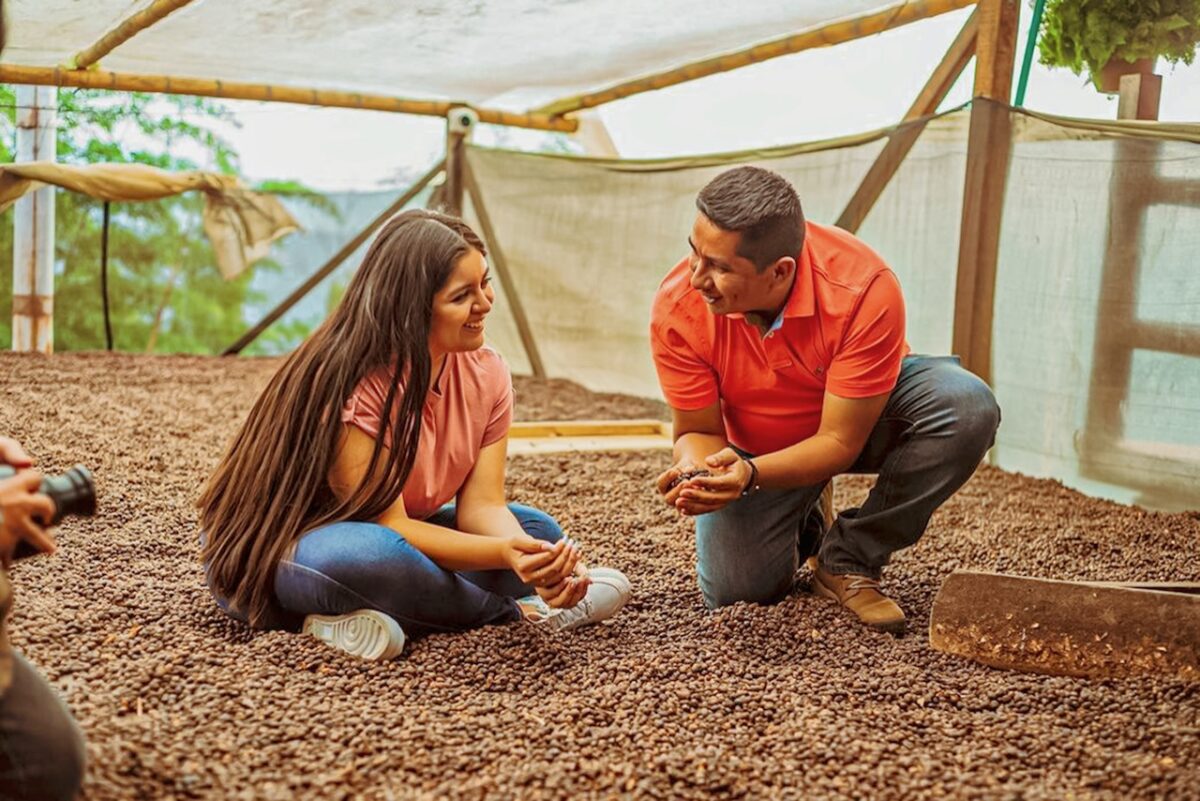
Rodrigo’s daughter, who works alongside him on the farm, has also fallen in love with coffee. Nothing brings him more happiness than when he sees his daughter talk proudly of her father and their farm when she greets visitors.
“It’s exhilarating to see how the new generation comes up with new processing methods and improves new varieties, just as our generation did. I get overcome with emotion when I think that they might change the world with a single cup of coffee.”
Through coffee, Rodrigo is delivering love to the world. That is what Rodrigo lives for. And he is determined to pass down the history of Colombian coffee to the future.
Originally written in Japanese by Takuya Takemoto
The featured and full-width images: @rodrigosanchez09 (Instagram)

